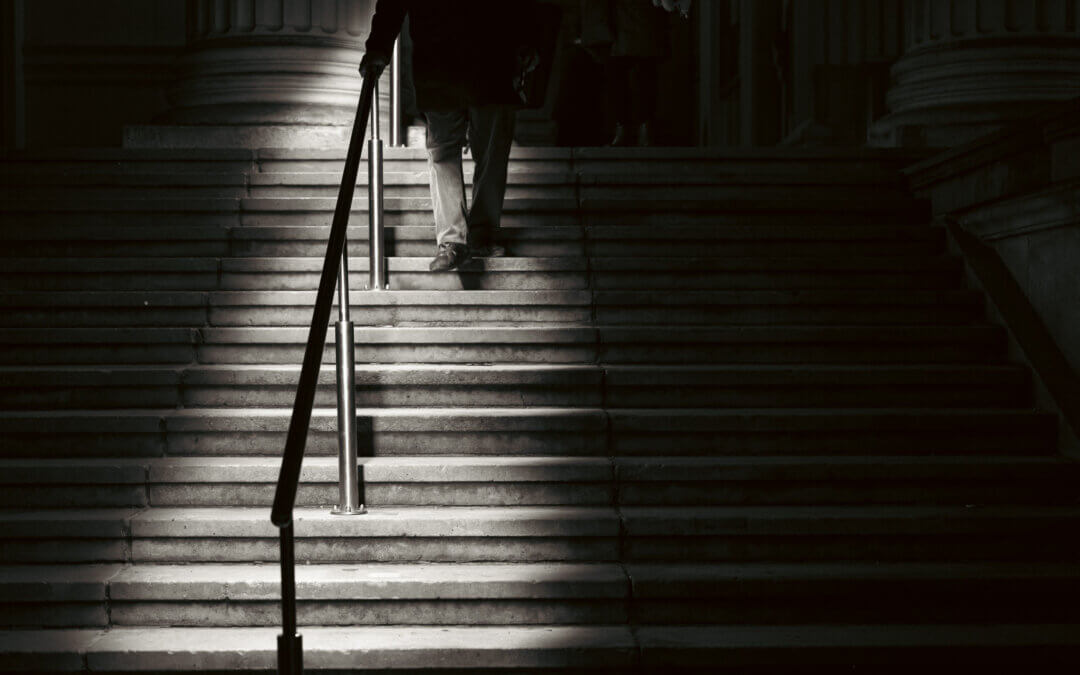From time to time, my brain teases me with an opening line, hoping I would pick it up from there.
If your goal is to get better, quantity beats quality. Hours of deliberate practice beat moments of inspiration.
Okay, let’s see where this takes us.
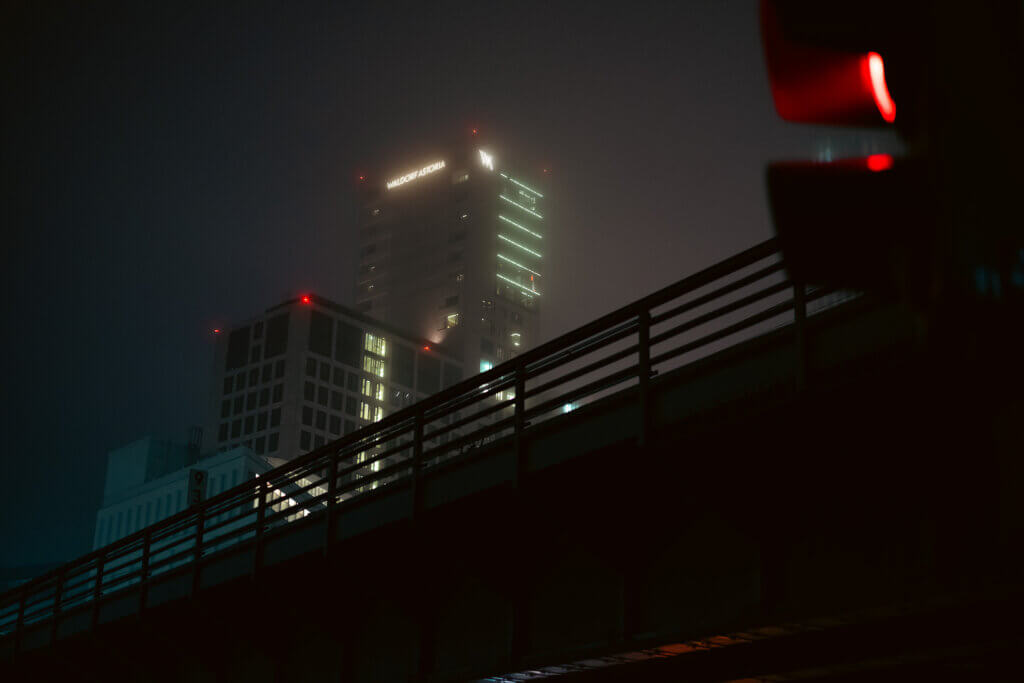
I may have known the principle for years, but nothing has driven the message home like photography. From every 100 shots taken, 10 are worth looking at, 1 or 2 worth editing and showing to my friends.
Sounds like a legit opening, dear brain.
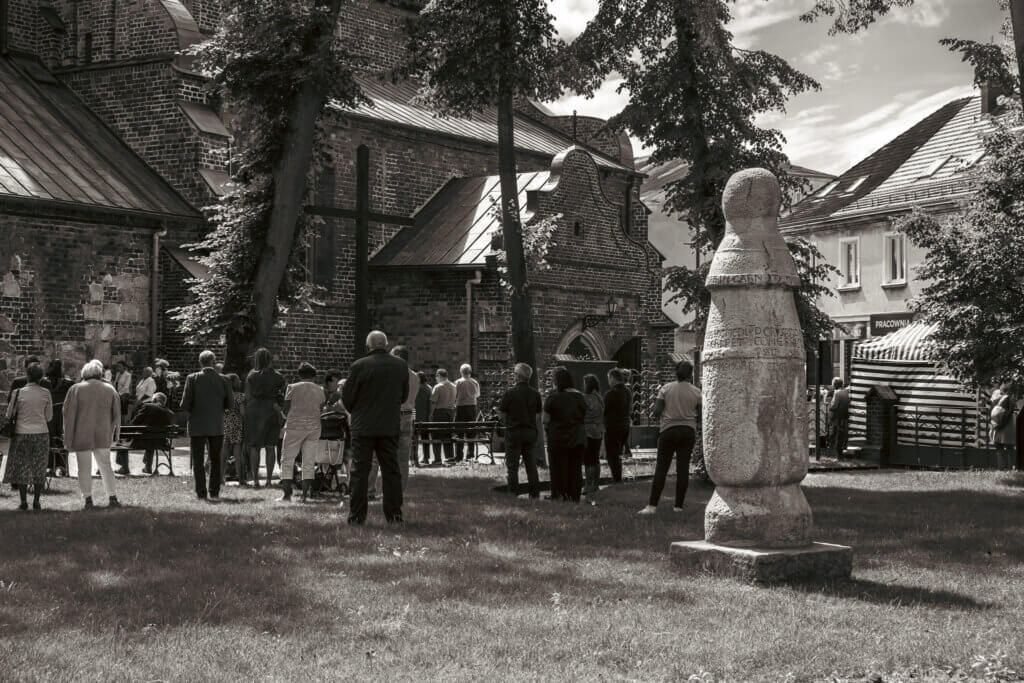
The last two years, I put a lot of thought and effort into photography, guided by a friend and mentor, L.
“It’s nice, but what story does it tell? To me, a picture without people is not interesting. There’s this Scandinavian photographer who hangs around bars and waits until people approach him, then shoots crazy scenes from their lives, like a husband and wife fucking on their couch.”
“Yes, L., but—That’s the kind of photography you like.”
“It tells a story. Or there is this guy in Mexico who is a drug addict and shoots hookers waving his camera, so you can never see what’s going on.”
“You go and shoot like that.”
“Me? Noooo. I only shoot pictures of my kids these days.”
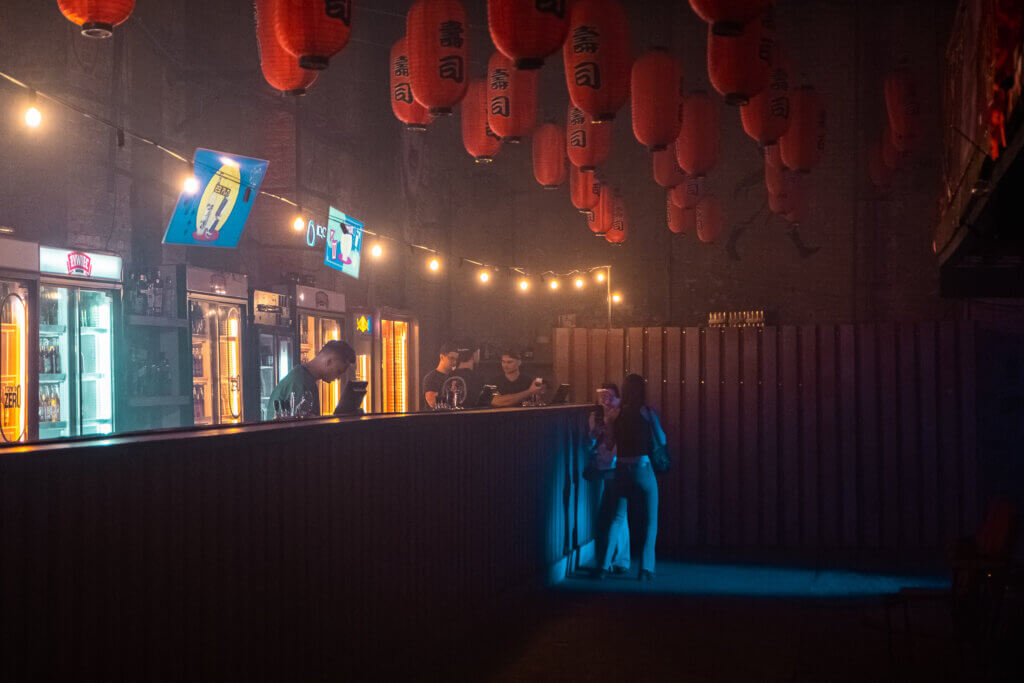
Our photographic tastes are different. However, through a neverending dialogue of bad jokes, bickering, and philosophizing, L. pushed me to go deeper with my photography and made me a little less useless with a camera.

In 2022, going out to shoot—an American disclaimer: we’re talking about cameras, not guns—Going out to shoot has helped me find focus and concentration, become present in the here and now. It offered me means of escape from everywhere else.
I wanted to learn how to show a person, a moment, a place in a way that a viewer could experience. It’s not easy. Doing justice to a scene. The human eye sees close to 20 stops of light of dynamic range (the difference in contrast between the darkest and brightest points), while most camera sensors see only around 11. And then, there’s the matter of scale. The reality we experience is all around us. Take my grandmother, for example. (She’s up for grabs). Sit next to her, and the wrinkles and the liver spots on her hands will draw your attention. See a photo of her, especially taken with a phone, the AI eager to please our self-image, and you might miss the details entirely.
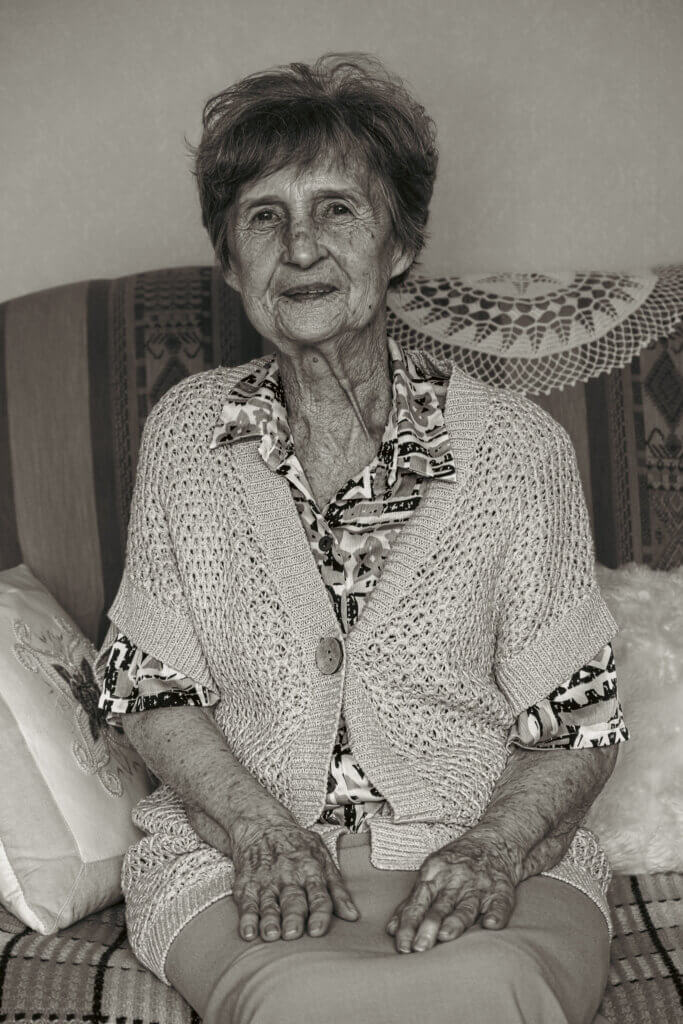
So even with the intention of staying true to the person, the moment, the place, a photographer can never fully communicate the truth. Only a slice of it.
“Which slice?” You might ask.
A single photo has a hard time existing without context.
Take this photo of a keyboard flying out of a second-story window. A classic decisive moment.
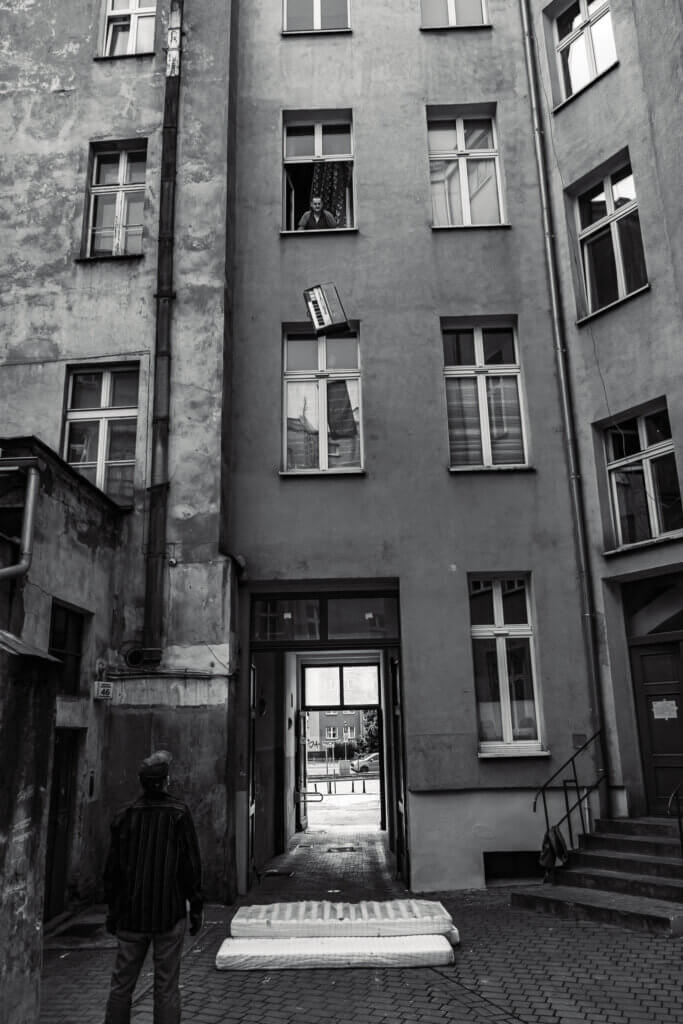
And then there’s this photo taken moments before.
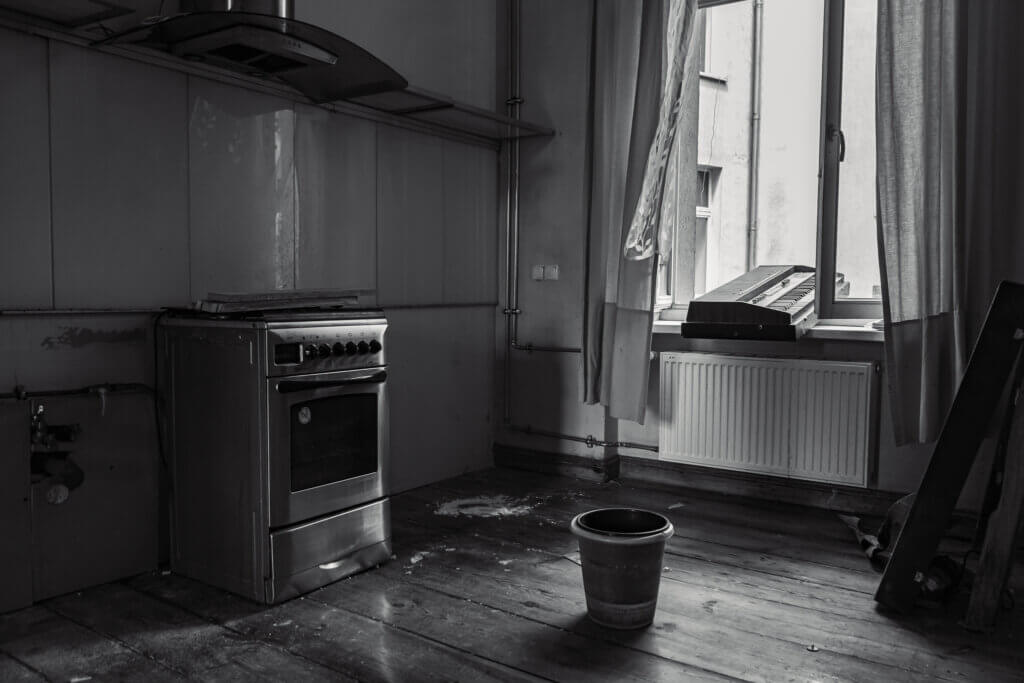
Together they are more. Add a portrait of the foreman of the crew that cleans out apartments in Wroclaw, and the story becomes richer still. Without each other, these photos are incomplete.
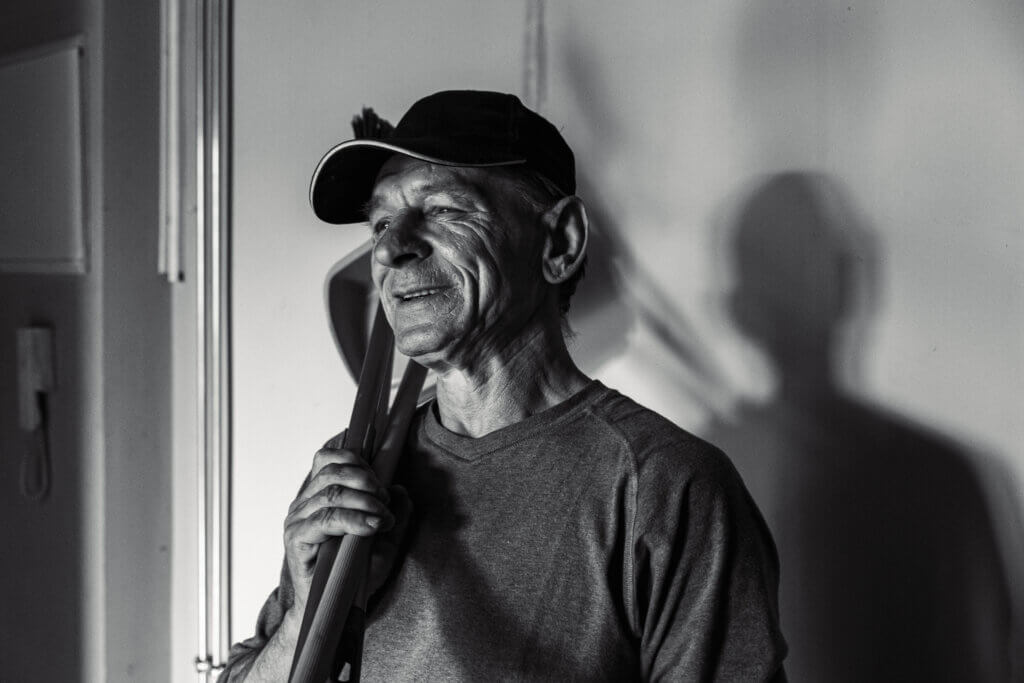
As with anything worth doing, the more you think about photography, the more there is for you to discover.
In 2023, I would like to focus less on technical aspects of shooting—still talking about cameras—and more on learning better ways of seeing. For example: How many great shots did I miss because I was distracted by taking pictures that would impress others? You know. Pretty, Insta-worthy. Most of us, if not all, have this performative side to our personality.
I mean, this is still photography; in the end, you take a shot for it to be seen, to evoke emotion, not indifference. Total detachment is not the goal.
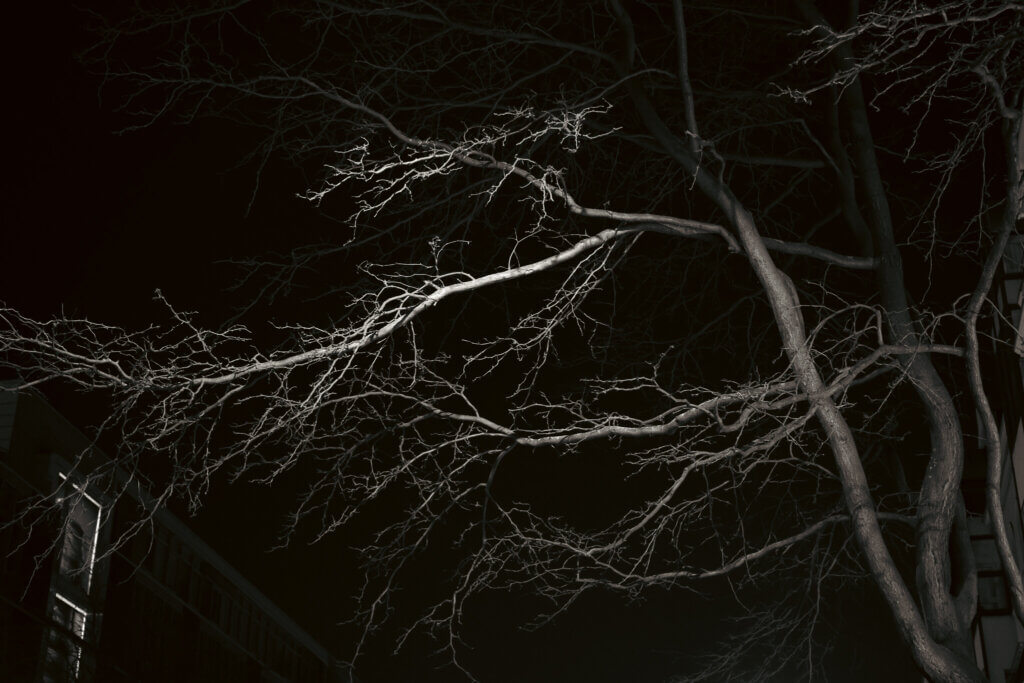
Wouldn’t it be great, though, if you could train yourself to remove your ego from the process and tell a story that’s true only to itself?
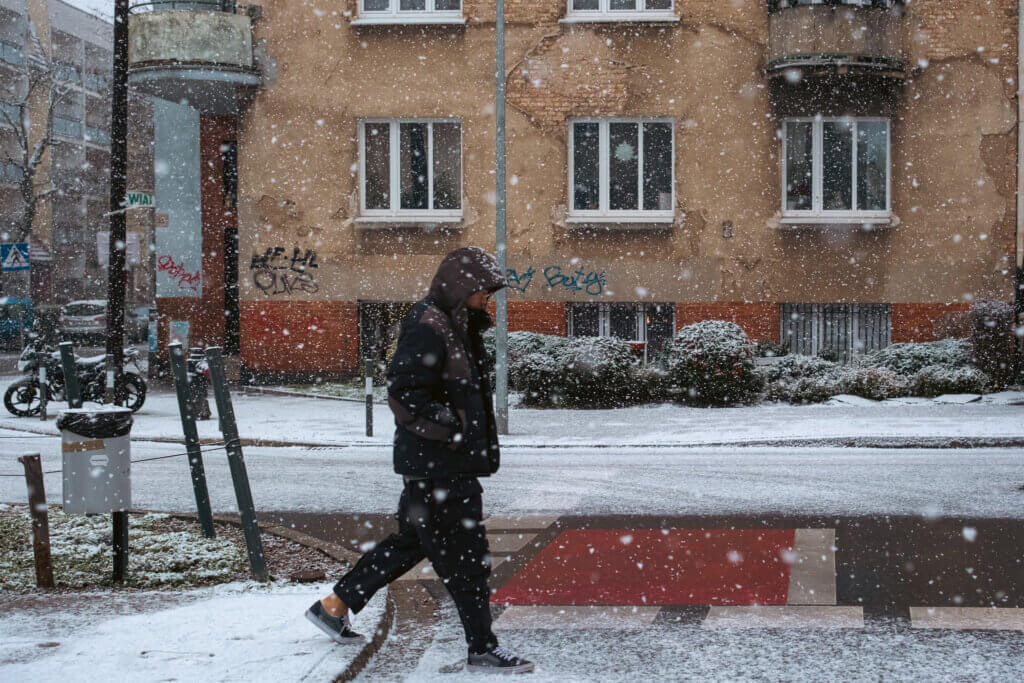
I don’t advertise on social media. I think they take away more than they offer. If you enjoyed the read, send it to someone you know.
